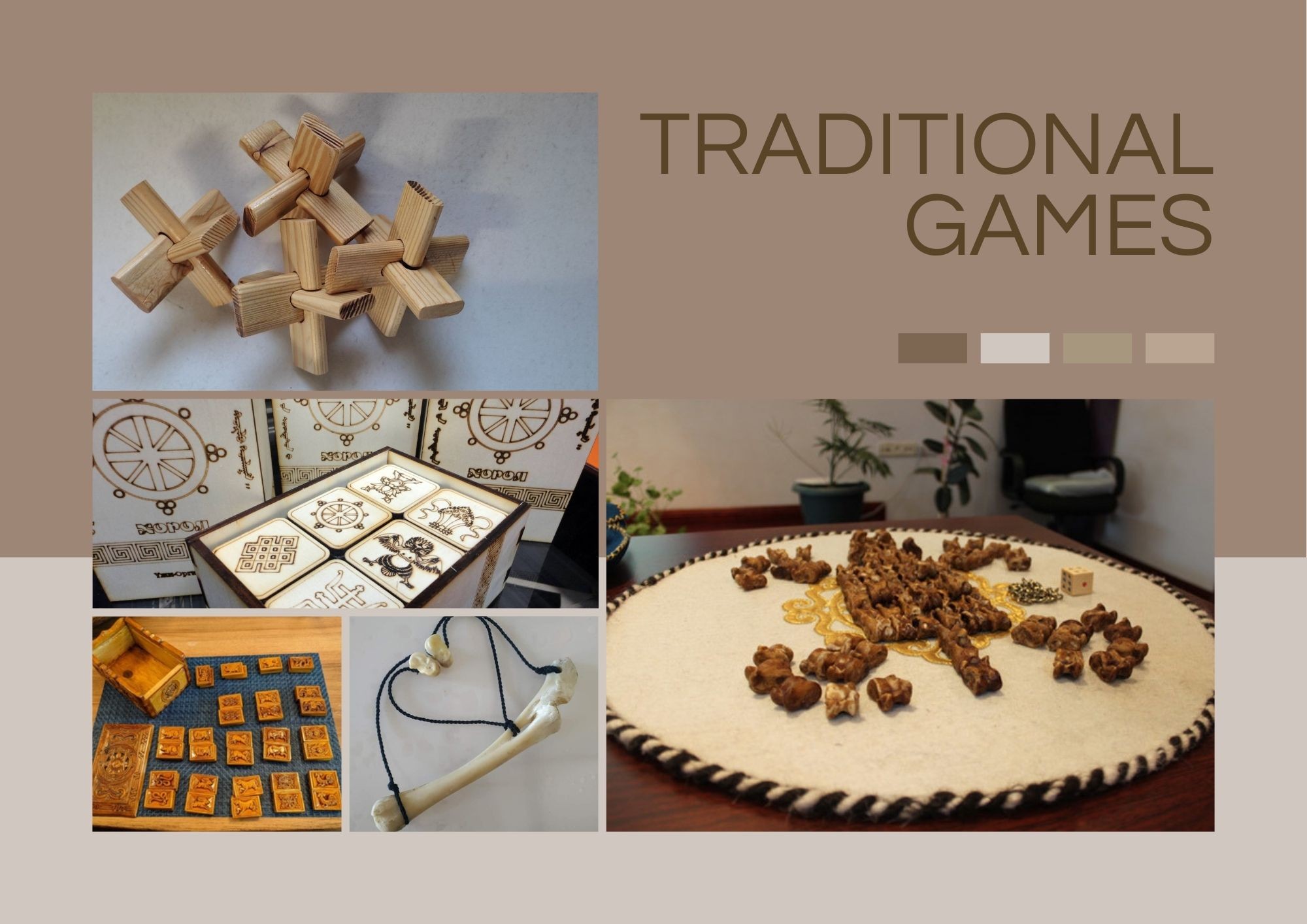In a world where so much happens online, playing these games provides a great way to connect in person with friends and family. Mongolian traditional games are a big part of both our history and our lives, they also help us stay active and connect with one another, bridging the gap between generations. For example, when you play Shagai (ankle bone games), it’s about more than just winning—it’s about laughter, conversation, and having a good time in friendly competition. They make gatherings more fun for everyone by including activities that everyone can join in on, creating a wonderful sense of unity among all ages.
Let’s deep dive into famous traditional games!
Dembee
The game of Dembee, which is an Mongolian ancient tradition, was passed down from the past. Dembee is an energetic and interactive guessing game accompanied by melodic singing. Participants quickly guess the total number of fingers shown by two players combined, by chanting or singing traditional tunes as they play. Points are earned for correct guesses, with the first to reach five points winning, while the loser often drinks Airag (fermented milk). Often this game called as Airagtai nutgiin naadgai (Game from the land of fine airag).
Puzzle game
Mongolian puzzle games come from the country’s nomadic roots, where problem-solving skills were important. People needed to quickly set up and take down gers (yurts) and furniture, leading to the creation of puzzles that challenge logic, patience, and dexterity. These puzzles are traditionally made from wood or bone and feature interlocking parts, hidden locks, and disassembly tasks. One example is "Combining the Rings," where players try to connect or separate the rings while following specific rules. The goal is to link all the rings into a single chain or to find a way to disconnect them without breaking them. This game helps develop skills like concentration, teamwork, and patience. Today, you can find them in local markets as souvenirs, providing a fun way to engage with Mongolia’s intellectual traditions.
Anklebone games
Anklebone games, also known as Shagai, are a popular pastime in Mongolia. Players use sheep or goat anklebones as game pieces for different activities, ranging from casual fun to serious competitions. The most well-known game is anklebone shooting (Shagai Harvaa), which is featured in the Naadam Festival. In this game, players flick bones at a target with accuracy and skill. Other common games include horse and camel racing, where players roll bones to simulate a race, and Multicolored Turtle, a strategic game that involves arranging bones in patterns. Mongolians also use anklebones for fortune-telling, believing that how the bones land can provide insights into the future. Overall, anklebone games show Mongolia’s strong connection to animals and its traditions. They also foster community gatherings and give travelers a chance to experience the culture.
Ice Knuckle-bone Shooting
Ice Knuckle-bone Shooting, also known as ice ankle shooting, has ancient origins in Mongolia's epic story “The Secret History of the Mongols.” In this winter sport, players shoot arrows along icy paths from about 100 meters away and earn points based on their accuracy. Ice Archery is believed to have inspired modern games like bowling and curling. Travelers to Mongolia can experience and appreciate the country's rich traditions and nomadic culture through this exciting game.

